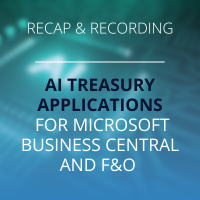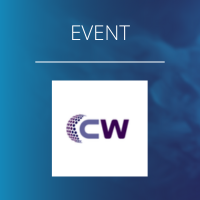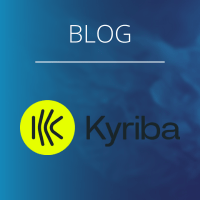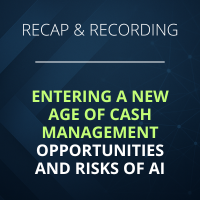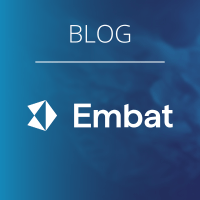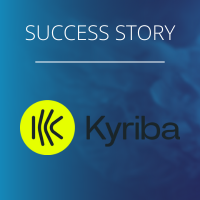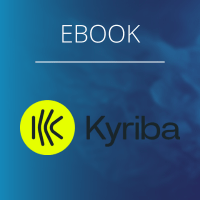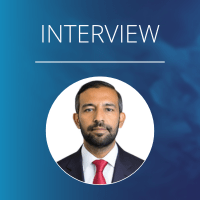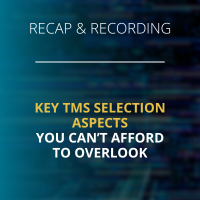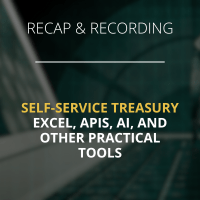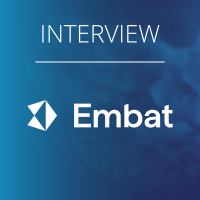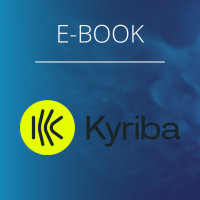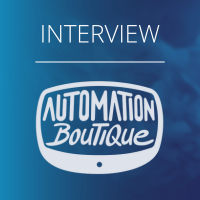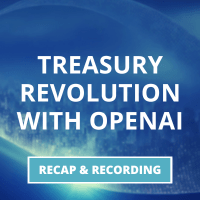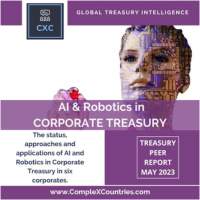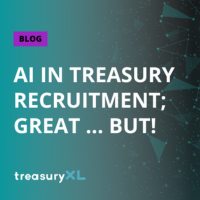 https://treasuryxl.com/wp-content/uploads/2025/11/Aastha-blog.png
200
200
treasuryXL
https://treasuryxl.com/wp-content/uploads/2018/07/treasuryXL-logo-300x56.png
treasuryXL2025-11-27 07:00:432025-11-26 09:39:58Africa’s Critical Minerals Boom and What It Means for Treasury
https://treasuryxl.com/wp-content/uploads/2025/11/Aastha-blog.png
200
200
treasuryXL
https://treasuryxl.com/wp-content/uploads/2018/07/treasuryXL-logo-300x56.png
treasuryXL2025-11-27 07:00:432025-11-26 09:39:58Africa’s Critical Minerals Boom and What It Means for TreasuryArtificial intelligence (AI) is rapidly becoming a strategic enabler for corporate treasury and finance teams. Modern AI and machine learning models can sift through vast volumes of bank, ERP and market data to find patterns that humans might miss. Unlike broad “generative AI” chatbots, practical treasury AI today is usually specialized software trained on financial datasets. These systems excel at pattern recognition, data analysis and automating routine processes. In practice this means more accurate, data-driven decision-making: for example, AI-enhanced tools can continuously monitor cash positions and market indicators to generate precise liquidity forecasts. CFOs and treasurers can thus move from manual spreadsheets to predictive analytics, enabling faster responses to cash flow needs and market changes.
Key trends in AI-driven treasury include predictive cash forecasting, automated risk detection, and intelligent workflow automation. AI-powered forecasting platforms automatically consolidate data from banks, ERP systems and treasury databases to produce real-time liquidity projections. They learn seasonal patterns and detect anomalies, reducing forecast errors and uncertainty. On the risk side, machine learning systems can scan transaction streams to flag unusual or potentially fraudulent activity that would be hard to catch manually. Meanwhile, robotics and AI-driven workflows are automating many repetitive treasury tasks – from payment reconciliation to cash application – freeing up staff for higher-value analysis. One case study reported that an AI solution automated over 90% of invoice–payment matching, cutting processing time to just days and dramatically improving cash flow. These capabilities help treasuries optimize working capital, tighten controls and shift focus to strategic planning. As AI tools become more “trusted” (with built‑in data governance and human oversight), they are fast-moving from experiments into core treasury operations.
AI-Powered Treasury Solution Partners
-
Embat – Embat offers a cloud-based treasury management platform with built-in AI automation. At the heart of their solution is TellMe, an AI-powered assistant that automates over 90% of routine treasury accounting entries, including bank reconciliations, journal postings, and intercompany transaction matching. TellMe also provides advanced cash flow forecasting, automatically detects funding mismatches, predicts late payments, categorizes transactions for easier reporting, and offers actionable insights to optimize liquidity management. By connecting to banks and ERP systems, Embat centralizes payments and cash flow analysis, allowing finance teams to save time on low-value tasks and focus on strategic treasury decisions.
-
Nomentia – Nomentia is a European treasury SaaS provider whose cloud TMS includes an AI-driven Cash Flow Forecasting module. This add-on automatically pulls in data from ERP, bank and treasury systems, then uses machine learning to select optimal forecasting models. It detects outliers and seasonal trends (e.g. holiday cash flow shifts) to minimize errors. The result is faster, more accurate liquidity forecasts and scenario analyses. Nomentia’s platform also covers payments, global bank connectivity and risk management, with workflow automation to speed up reconciliations and treasury reporting.
-
Kyriba – Kyriba is a global leader in treasury and liquidity management software. It embeds AI across its platform, including predictive analytics and smart assistants. Notably, Kyriba’s Agentic AI (TAI) solution uses an embedded large language model and 20+ years of treasury data to simplify workflows. TAI can automatically identify risk issues and generate insights, enhancing data-driven decision-making across cash, payments and risk management. Kyriba also offers specialized AI modules for Cash Forecasting AI, Fraud Detection AI and Invoice AI, which automate forecasting, reconcile receivables/payables, and flag suspicious patterns. These tools empower CFOs to automate routine analysis while maintaining strong security and audit controls.
-
FinanceKey – FinanceKey provides a real-time treasury connectivity and management solution, now enhanced with generative AI features. Their platform originally focused on API links to banks, ERP and cash systems; the new “Ask for Anything” AI assistant overlays that with intelligent analytics. By combining internal finance data with market information, FinanceKey’s AI delivers real-time insights and strategic recommendations (e.g. optimal liquidity actions, FX strategy) to treasurers. It also flags potential risks by identifying trends or anomalies in cash flows, helping treasurers proactively manage finance operations. In short, FinanceKey uses AI to turn raw treasury data into intelligent guidance for the CFO.
-
Kantox – Kantox specializes in currency management automation. Its Dynamic Hedging platform uses algorithms to run entire FX hedging programs automatically. Treasurers can define rules (layered or volume-based hedging, strike levels, etc.), and the system executes the required trades, accounting entries and reporting without manual intervention. Kantox’s solution captures foreign exchange exposures from ERP or bank data, applies hedging rules (e.g. “smooth” rate hedging), and updates the treasury ledger. By automating every step of FX workflow, Kantox eliminates manual FX accounting work and provides real-time hedging analytics, allowing treasury teams to optimize currency risk and focus on strategy.
-
Automation Boutique – Automation Boutique is a consultancy/fintech focused on RPA and tailored automation for treasury and finance. They develop custom solutions to digitize routine processes (e.g. data entry, reporting, reconciliation) using robotic process automation and APIs. For example, their “API Boutique” service can pull bank and ERP data directly into Excel or BI tools in real time. Automation Boutique helps treasury teams implement these automations end-to-end (from opportunity analysis to solution rollout), enabling finance staff to spend far less time on manual tasks and more on analysis. In effect, they turn manual workflows into automated, AI‑augmented processes tailored to each company’s needs.
-
Aviva Investors – Aviva Investors is the asset management arm of Aviva plc. While not a traditional AI software vendor, they integrate AI into their investment and treasury-related solutions through their AIQ platform. This platform uses AI-driven analytics to generate predictive insights, identify market trends, and enhance portfolio decision-making. AI applications include fixed income analysis, credit risk assessment, and equity market forecasting. For corporate treasurers, Aviva Investors combines these AI insights with short-term investment products such as money market funds and diversified cash portfolios, helping optimize liquidity, improve yield, and support strategic treasury decisions with data-driven guidance.
-
TreasurySpring – TreasurySpring is a fintech platform for institutional cash investing. Their marketplace lets corporations, funds and institutions invest excess cash across hundreds of secured cash products (e.g. repo agreements, government securities, MMFs) in multiple currencies. Crucially, TreasurySpring has built API and (indirectly) AI integrations with TMS platforms – for example a public API connected with Kyriba – enabling automated cash placement directly from the treasury system. This means treasurers can set cash investment rules within TreasurySpring and have the system automatically execute them based on their liquidity profile. By digitizing and automating cash investments, TreasurySpring helps companies maximize yield and reporting efficiency on their idle cash.
-
LSEG (London Stock Exchange Group) – LSEG provides data analytics and technology solutions for treasurers. Its Workspace for Corporate Treasury is a desktop/web platform that delivers real-time market data, news, and analytics tailored to treasury needs. Workspace offers predictive analytics tools – such as StarMine credit risk models that forecast credit rating changes, and FX volume heatmaps for timing trades – along with integrated trading interfaces (e.g. FXall) and cloud-based analytics. The platform gives treasurers seamless access to global liquidity data, rate curves, and execution venues in one place. In essence, LSEG uses AI/quant models behind the scenes to help treasurers make informed hedging and investment decisions with up-to-date market intelligence
Each of these partners delivers AI- or automation-augmented solutions that address different aspects of treasury management – from forecasting and payments to risk and investment. By combining advanced algorithms with user-friendly interfaces and integrations, they help treasurers harness data and machine intelligence to improve accuracy, efficiency and strategic insight in everyday treasury operations.
Sources: Authoritative vendor and industry resources, including Embat, Nomentia, Kyriba, FinanceKey, Kantox, Automation Boutique, Aviva Investors, TreasurySpring and LSEG product information and press releases



